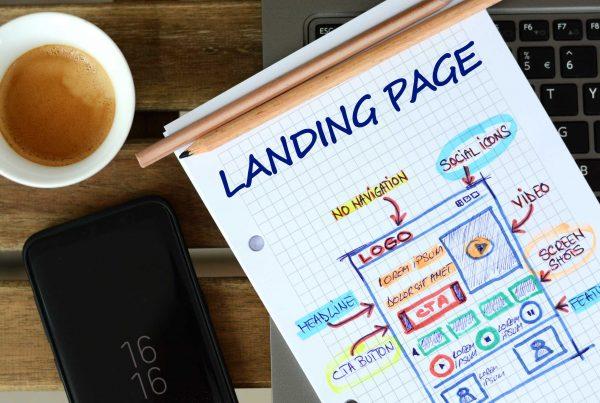All web designers usually follow similar strategies when it comes to website content. You (the client) supply the content, and we (the web designer) design the site around the content; this makes sense for a lot of reasons, the most glaring being:
Cost – Web design contractors are usually paid at a higher hourly rate for their unique skills and experience. However, paying a web designer’s rate to write content that could probably be better written by one of your staff members at a lower hourly rate is much more cost-effective.
You know your business better – For a web designer to write about your business, they would have to research what you do, what makes you unique in your field, and your capacities products and skills. This would require a substantial amount of time conducting meetings and interviews as your web designer got up to speed about what your website should say, all at a hefty contractor’s rate.
Industry terminology and jargon – most industries have vocabularies and language that are unique, terminologies that mean something to insiders that make no sense to those of us that are not in the industry.
There are many other reasons, but let’s not waste your time on those.
So now that you are ready to send your web designer your content, here are some essential things to know.
- Make sure it is your final draft.
It can stretch your relationship with your web designer when you have to change your content for the 5th time because you didn’t review and edit appropriately in the first place. Making quick changes to a word document is easy, but a website is much harder to change, and you are paying a high hourly rate for your changes.
2. Start each new webpage on a new Word Doc page.
Content to us in one long list makes it hard to decipher which goes where; consistent page numbers and headings help us understand how you want your content displayed.
3. Don’t try to design it.
What you can design in MS Word, and what you can create in web code are two entirely different things. For one, a word document has only one size, but in web design have to make sure it fits on a big-screen tv, a tablet or an iPhone. So wasting your time designing it on an A4 page is pointless.
4. Use two to three colours max.
Using too many colours confuses the reader and makes it hard for people to determine what is clickable, what is a heading and what is just plain text.
5. Be consistent.
Keep the styling of all element types the same. Headings, body text, bullet points and lists; use the same consistency, and it will help us to know how to lay out the content.
6. Send images as attachments.
When you copy and paste an image into a word document, it is useless to us. Word compresses the image and makes it too small for us to use on your website. So instead, please send your images as attachments or share a dropbox or Google drive with us.
Prepping your side of your website project is the key to keeping your costs low and your deadlines on track. Let your designer help you guide the project; they pump out more sight in a week than you will in a year. Use their experience to help streamline your project.




